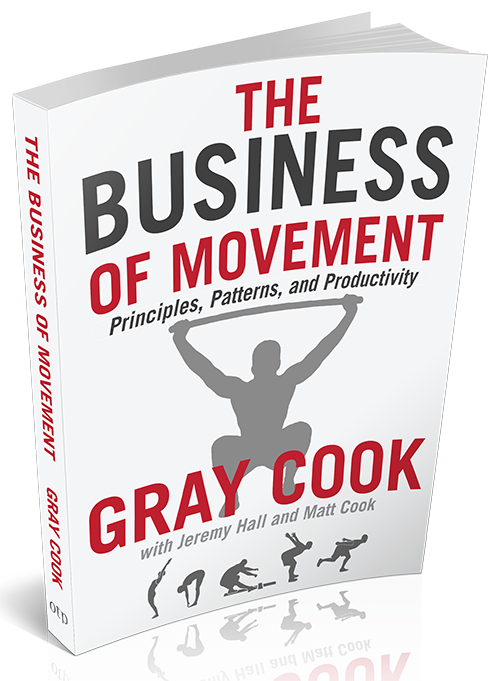Learning a new movement skill is difficult. Anyone who’s worked with athletes or skilled professionals knows that reprogramming old or negative movement skills is even more challenging. The pain or poor production we measure in our clients and patients is often the result of the repetitive patterns of their skill, sport, or occupation practiced in poor technical or tactical ways. This is typically why they come to us looking for answers.
An already challenging task is made harder because historically, skill and performance training leaned more on the “art” of coaching rather than the science. Biomechanical measurement and analysis have broken skilled movements into more granular data, but many skill and performance coaches rely on a trained eye or intuition to coach specific drills and exercises. The same emphasis on parts or specific muscles addressed through specialized drills, gadgets, or exhaustive coaching and cueing may produce positive gains in developing a new or refined skill, but is it really the most efficient path to take?
If your role primarily exists to improve an athlete’s production in competition, it can be difficult to see the value of the movement screens. The movements don’t look like throwing a football or clearing a hurdle. Taking a squat from a 2 to a 3 on the screen doesn’t mean you’ll magically see a significant gain in the vertical jump.
But if you can find the person who screens with a 1 or a 0, or who shows a drastic asymmetry in the capacity screens, that’s important information. That’s the person you need to identify because with so many movement options already taken away, a breakdown is a more likely result than greater production. You need to meet people where they physically are and make sure you’re covering those minimums of movement if you want the output to match the effort it took to produce it.
Think of it from the perspective of a professional strength coach. The dilemma for strength coaches is that they have a compressed time window to improve physical output, but the professional athlete in front of them probably didn’t reach that level of competition in a pristine body. With four weeks to improve a vertical jump or a 40-yard dash before a scouting combine, it feels like the solution is to get right into training hard and fast.
But the best performers are often those who are also the best at compensating, and that athlete might be walking around with stiff ankles, barely able to squat to parallel. Instead of aggressive training, the option could be spending a week getting the ankles moving and the squats as deep as possible. Then adding single- and double-leg strength work along with skipping, jumping rope, and plyometrics. Time and again we’ve seen this kind of approach producing better results in movement…as well as in athletic production.
That’s why the information from the FMS, FCS, and the YBT is so valuable alongside sport-specific or performance-based testing: The movement tests give us direction. If we observe and measure limitations in production but don’t have the testing and interventions to confirm that competency and capacity are at acceptable levels, we can’t be certain if the person simply lacks skill, or lacks the physical ability to achieve and sustain the required postures and patterns to express it.
We need to establish the integrity and availability of physical resources before trying to train a person to be more resourceful.
▶ If we measure pain or significant dysfunction on the FMS or YBT, restoring pain-free, functional movement and reloading those patterns comes first.
▶ If we measure deficiencies or dysfunction in the FCS, rebuilding capacity and adequate movement resources becomes the focus.
▶ If we know that movement competency (function) and movement resources (capacity) are available and adequate, but specific testing shows production is deficient, we should put time and effort into retraining skill.
It’s not that we can’t simultaneously measure and cultivate these qualities, but without committing to the development of the most fundamental area of weakness, production will always suffer. Achieving a minimal level of competency or capacity can sometimes allow skill to reset itself, unlocking greater production as a byproduct. But applying a solution without confirming coverages of the basics of health, wellness, or fitness only adds uncertainty to the outcome.
 This article was adapted from The Business of Movement, a new book by Gray Cook.
This article was adapted from The Business of Movement, a new book by Gray Cook.